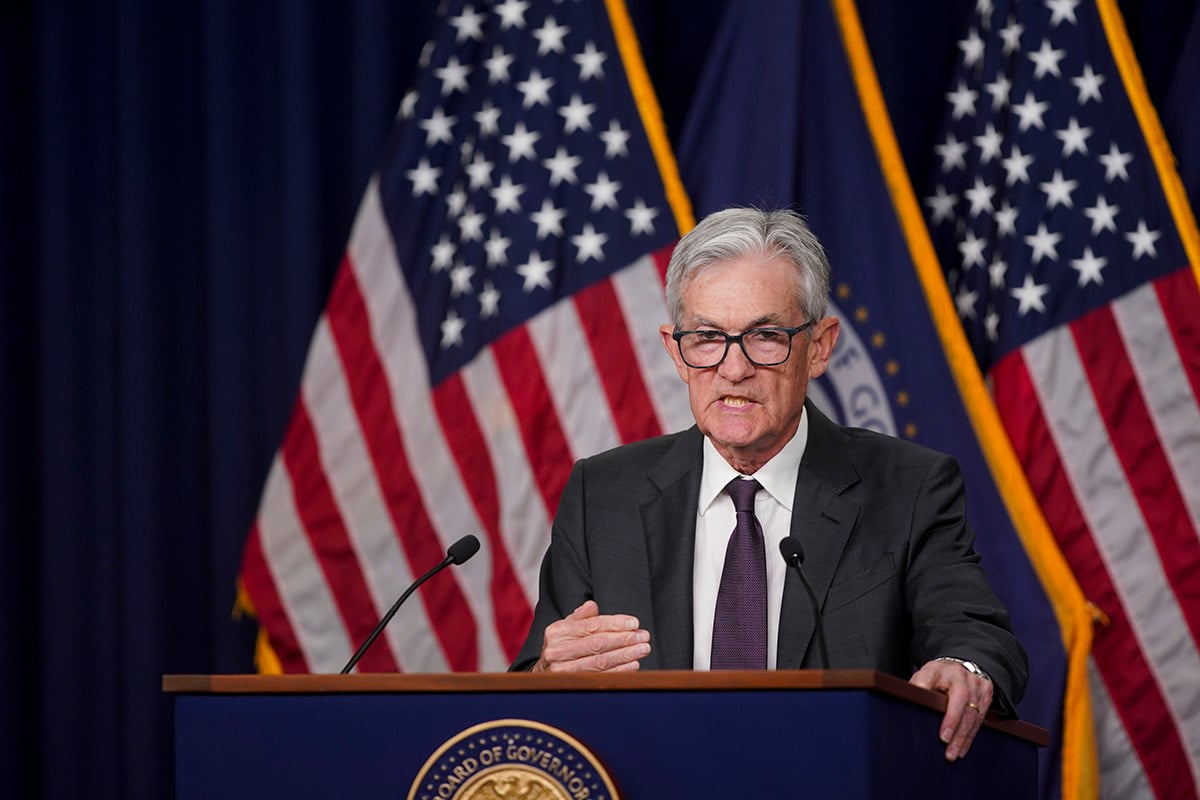 The economic recovery has been a long journey with regular setbacks. But in a sign that the tide may have definitively turned for the U.S. economy, the latest National Center for the Middle Market (NCMM) Indicator survey found continued, strong revenue generation and economic optimism across broad segments of the middle market.
The economic recovery has been a long journey with regular setbacks. But in a sign that the tide may have definitively turned for the U.S. economy, the latest National Center for the Middle Market (NCMM) Indicator survey found continued, strong revenue generation and economic optimism across broad segments of the middle market.
Businesses with annual revenue between $10 million and $1 billion employ 41 million people and contribute about a third of the nation's gross domestic product. And they are recovering more quickly than other sectors of the economy, suggests a survey of 1,000 C-suite executives from midmarket firms conducted by the NCMM, a research partnership of The Ohio State University Fisher College of Business and GE Capital.
For one thing, the survey indicates revenue is growing nearly twice as fast in the middle market as among the S&P 500. Survey respondents reported year-over-year revenue increases of 6.6 percent in the second quarter of 2014, which was on top of 6.5 percent gains in the first quarter. Overall, 69 percent of surveyed companies reported an increase, while just 11 percent reported a decline in the second quarter. What's more, executives' outlooks are broadly positive: Seventy percent said they expect revenues to increase over the next 12 months, by an average of 5.8 percent. That's a big jump from the first quarter, when 59 percent said they expected revenues to increase. And today, about a quarter of executives expect revenue growth above 10 percent.
Complete your profile to continue reading and get FREE access to Treasury & Risk, part of your ALM digital membership.
Your access to unlimited Treasury & Risk content isn’t changing.
Once you are an ALM digital member, you’ll receive:
- Thought leadership on regulatory changes, economic trends, corporate success stories, and tactical solutions for treasurers, CFOs, risk managers, controllers, and other finance professionals
- Informative weekly newsletter featuring news, analysis, real-world case studies, and other critical content
- Educational webcasts, white papers, and ebooks from industry thought leaders
- Critical coverage of the employee benefits and financial advisory markets on our other ALM sites, PropertyCasualty360 and ThinkAdvisor
Already have an account? Sign In Now
*May exclude premium content© 2025 ALM Global, LLC, All Rights Reserved. Request academic re-use from www.copyright.com. All other uses, submit a request to [email protected]. For more information visit Asset & Logo Licensing.





